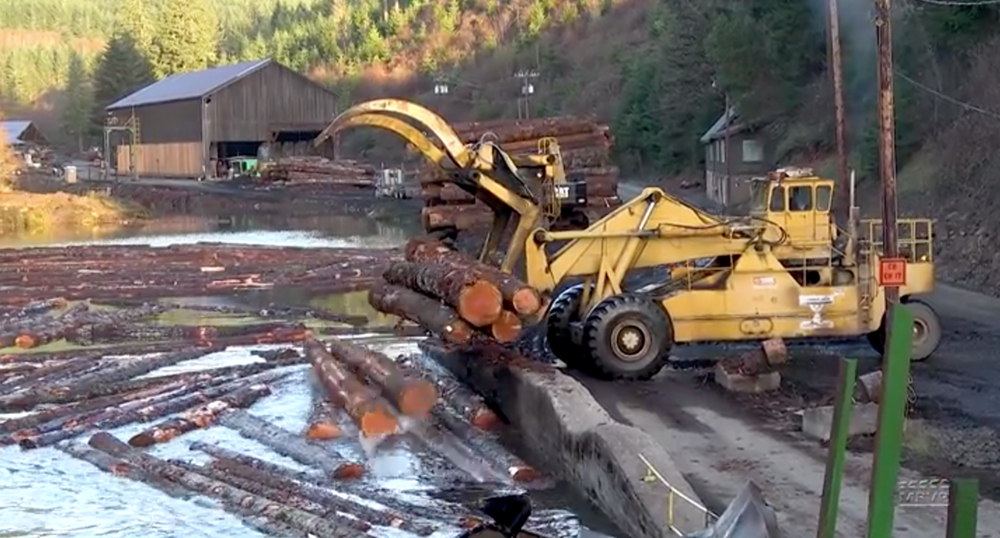
To continue the exclusive visit to Hull-Oakes Lumber Company, Charlie Conway follows sawmill operations from the point logs arrive at the plant through the point they’re processed into timbers used for railroad trestle construction. […]
Read More…

Take a look at the Albany & Eastern’s March 2017 excursion between Lebanon and Sweet Home, Ore., coinciding with the annual Winterail multimedia show and sale in nearby Corvallis. You’ll see the privately owned and restored Southern Pacific SD9 No. 5399 and the short line’s own power with an eclectic mix of passenger equipment. Also […]
Read More…
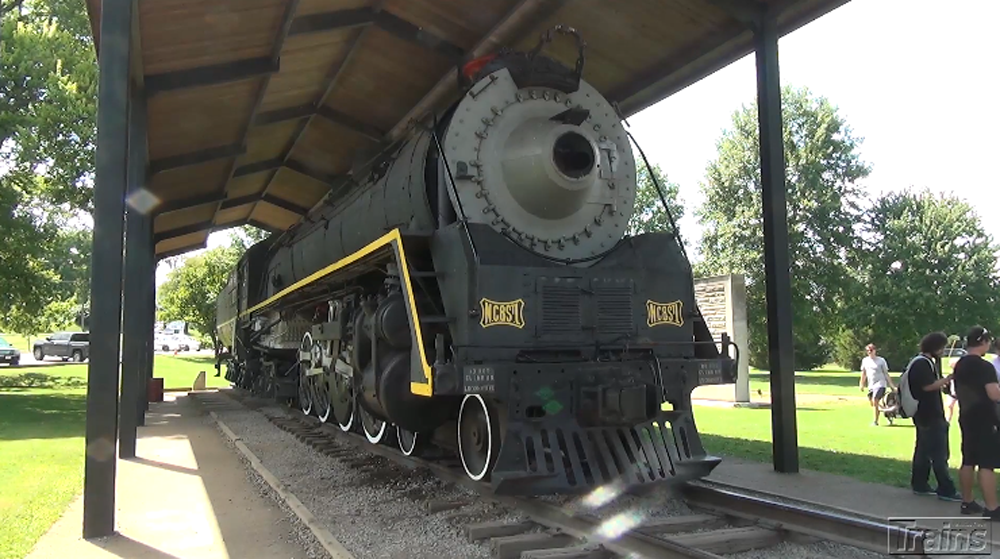
Work continues on Nashville, Chattanooga & St. Louis No. 576! Restoration of this fabled 4-8-4 continues in Nashville’s Centennial Park while organizers raise money to relocate the engine to a shop. A matching challenge grant through the end of 2017 will boost the project. Organizer Shane Meador explains the latest developments for “the stripe.” For […]
Read More…
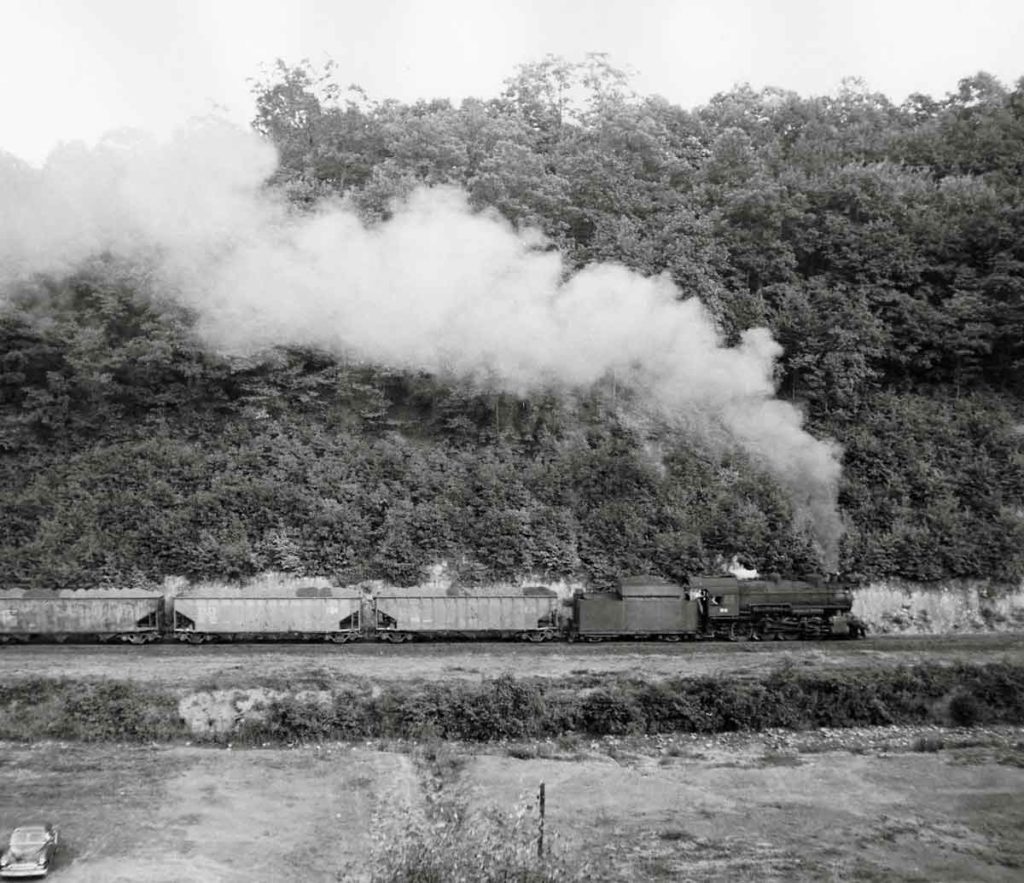
Ex-Pennsy H10s 2-8-0 No. 85 of the 21-mile Western Allegheny Railroad heads a train of big Bessemer & Lake Erie hopper cars loaded with coal and limestone out of Kaylor, Pa., in September 1955. Philip R. Hastings photo […]
Read More…
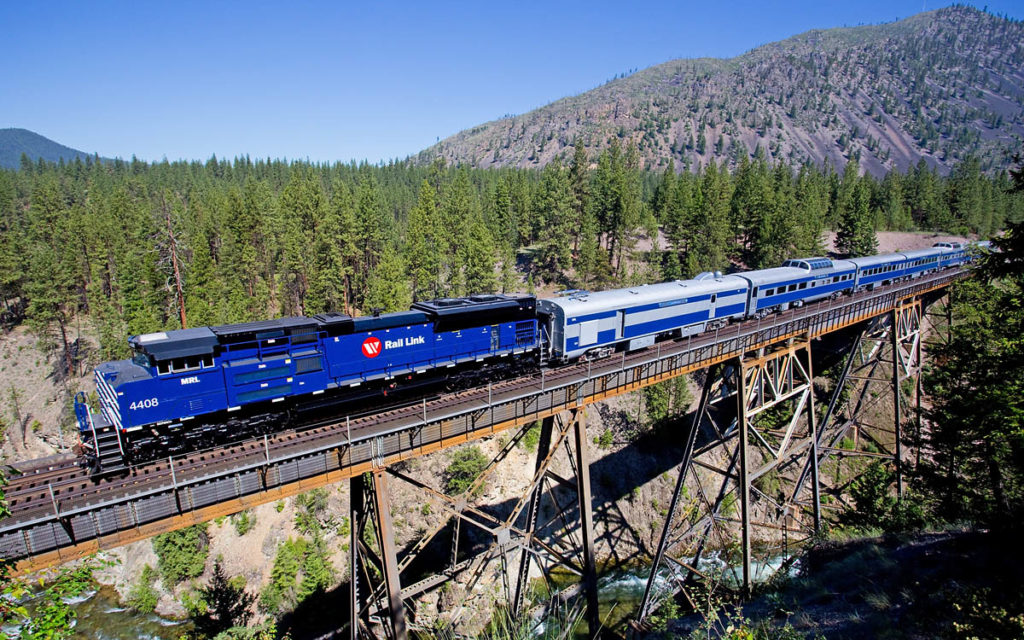
On June 8, 2015, Montana Rail Link’s business train soars high over the white waters of Fish Creek, near Rivulet, Mont. During this trip, the railroad’s owner, Dennis Washington, hosted business partners aboard the train. Steven Welch Q What is the purpose of railroad business and inspection trains, and who would use them? – Dennis […]
Read More…
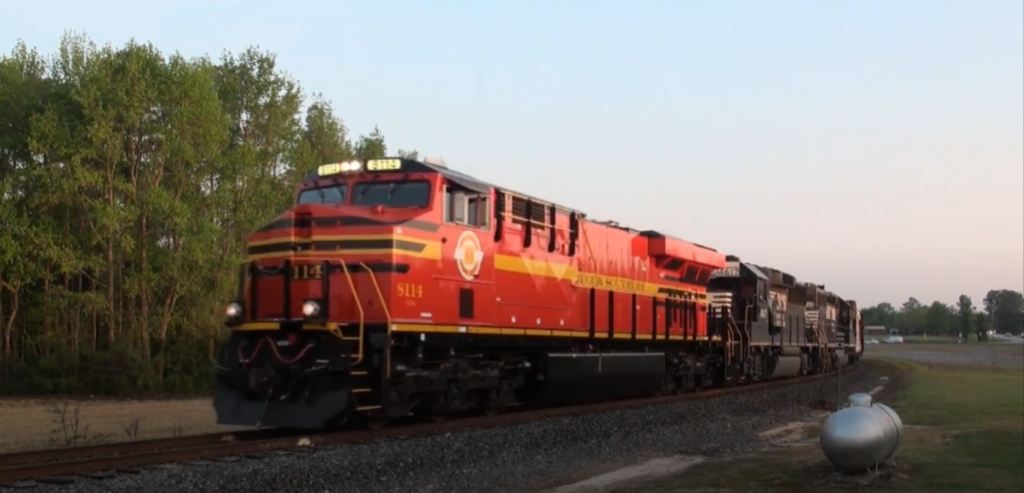
Take a look at Norfolk Southern’s beloved heritage locomotive fleet, starting with the July 2012 extravaganza at the North Carolina Transportation Museum in Spencer. You’ll even here from former NS CEO Wick Moorman! […]
Read More…
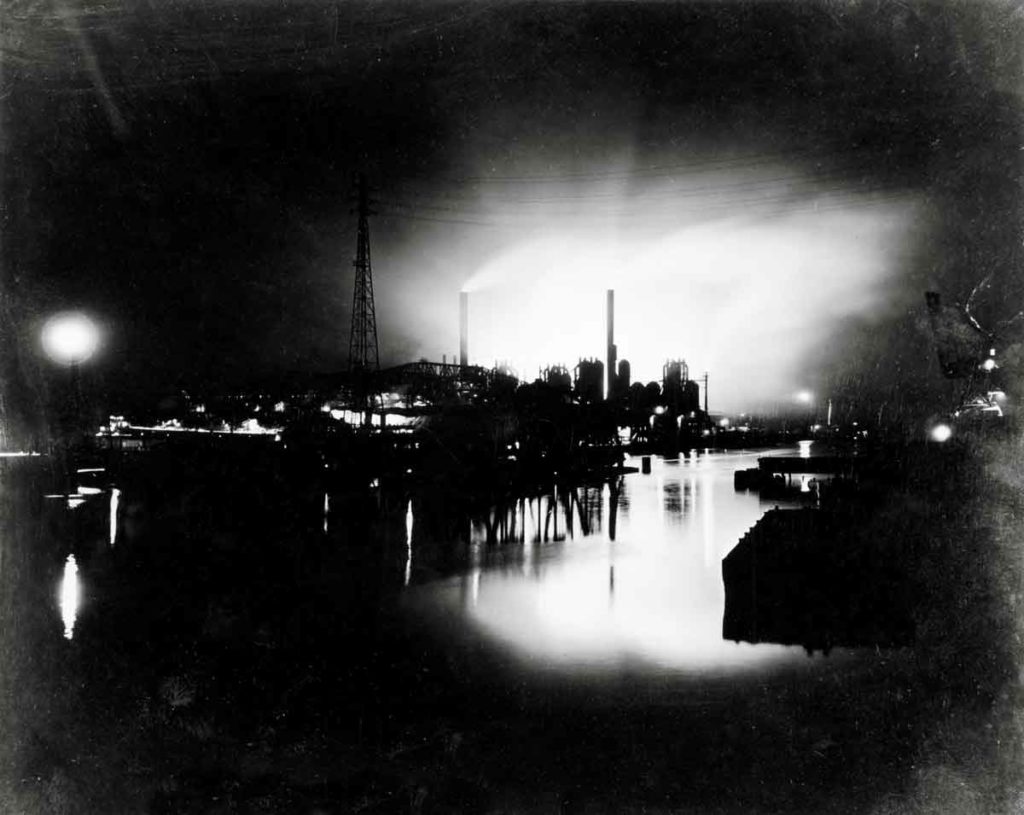
A steel mill at night, like this one in the Pittsburgh area, was an unforgettable sight. Baltimore & Ohio At night the atmosphere in many railroad yards was completely different than it is during the daytime. Although few railroaders would admit it, there were scenes that pleased both the eye and the psyche: The colors […]
Read More…
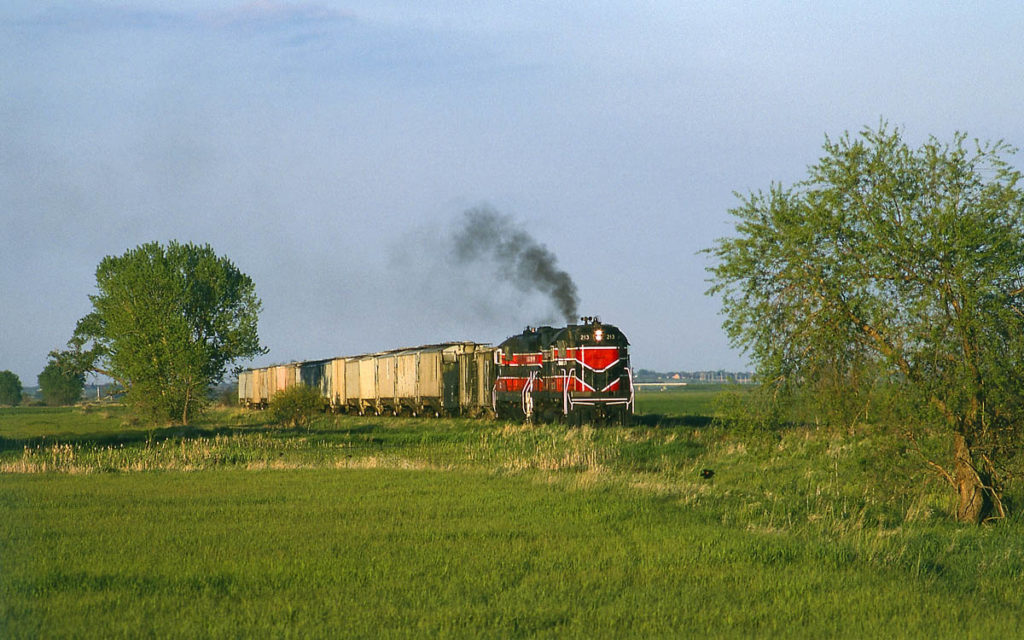
In May 1995, a westbound Dakota Southern freight with a (former Long Island) Alco C420 and an SD7 rolls slowly into the setting sun, west of Chamberlain, S.D. Tom Danneman Q The line in Chamberlain, S.D., was abandoned, I thought, but coal cars with BNSF markings are sitting in various parts of the line. Is […]
Read More…
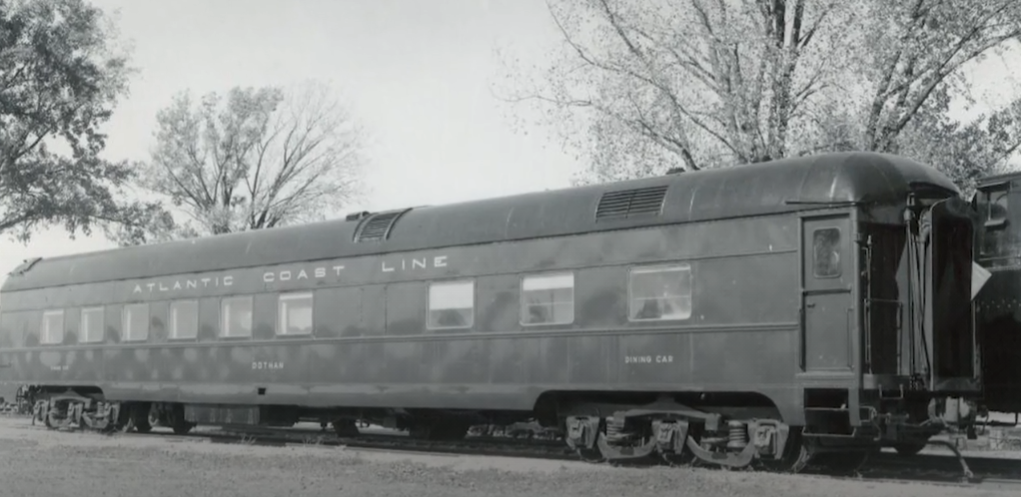
The National Railroad Museum in Green Bay, Wis., is restoring a 1920s Atlantic Coast Line dining car for operation on site. We talk with the curator about the process and take a look at the history of the car. […]
Read More…
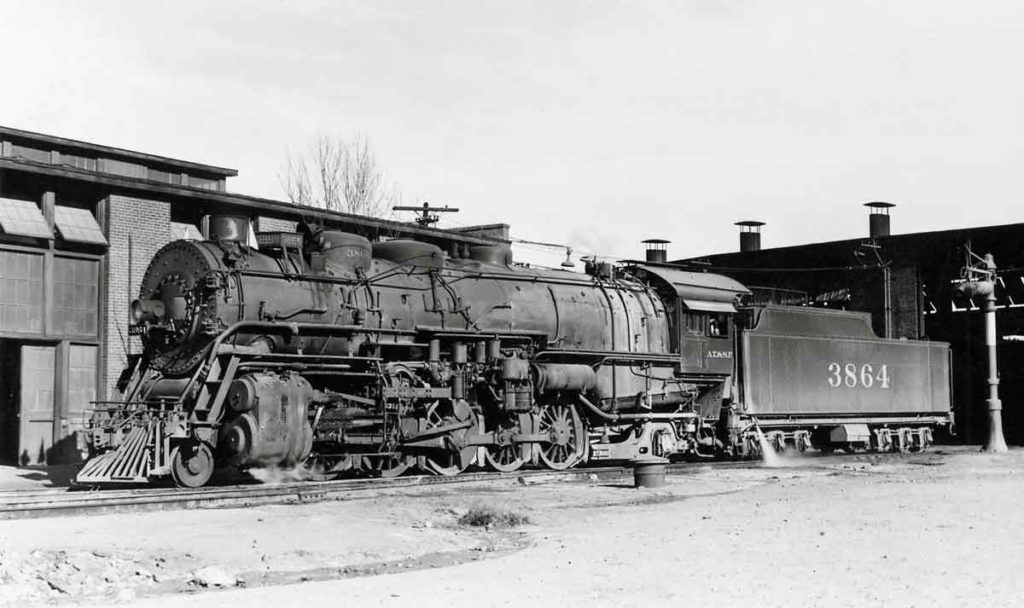
The Santa Fe Railway pioneered the 2-10-2 type in 1903 with a group of engines that were essentially 2-10-0 helper locomotives with trailing trucks to aid in downhill reverse movements. The wheel arrangement, known as the Santa Fe type, evolved into a general-purpose heavy freight hauler found on dozens of roads. AT&SF 3864 was built […]
Read More…
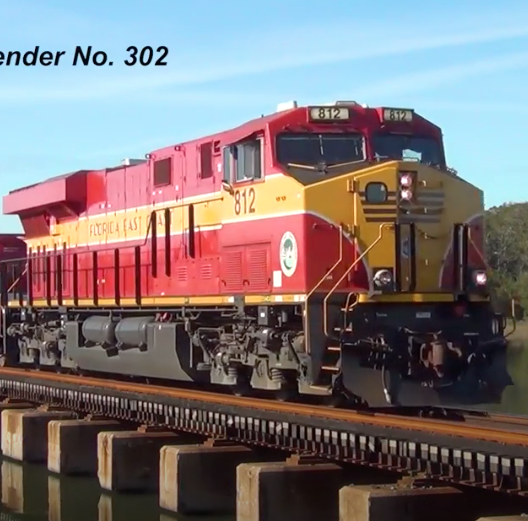
Get a sneak peek at our new Locomotive 2017 DVD! You’ll see locomotives old and new from both Class I freight railroads and short lines, and passenger carriers, too! Be sure to check out the Locomotive 2017 annual, too! […]
Read More…
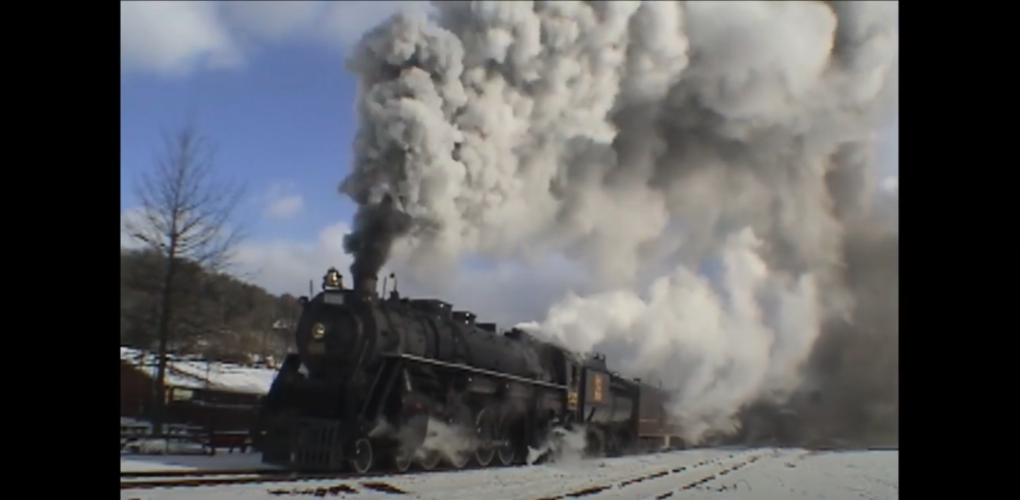
Long-time railroader and steam enthusiast Jerry Joe Jacobson died in September 2017. In addition to building a shortline railroad empire, Jacobson is remembered as the man who championed steam excursions, locomotive restoration, and ultimately, the Age of Steam Roundhouse. Join Trains‘ on a look back at a handful of memories from the 1990s and 2000s […]
Read More…












